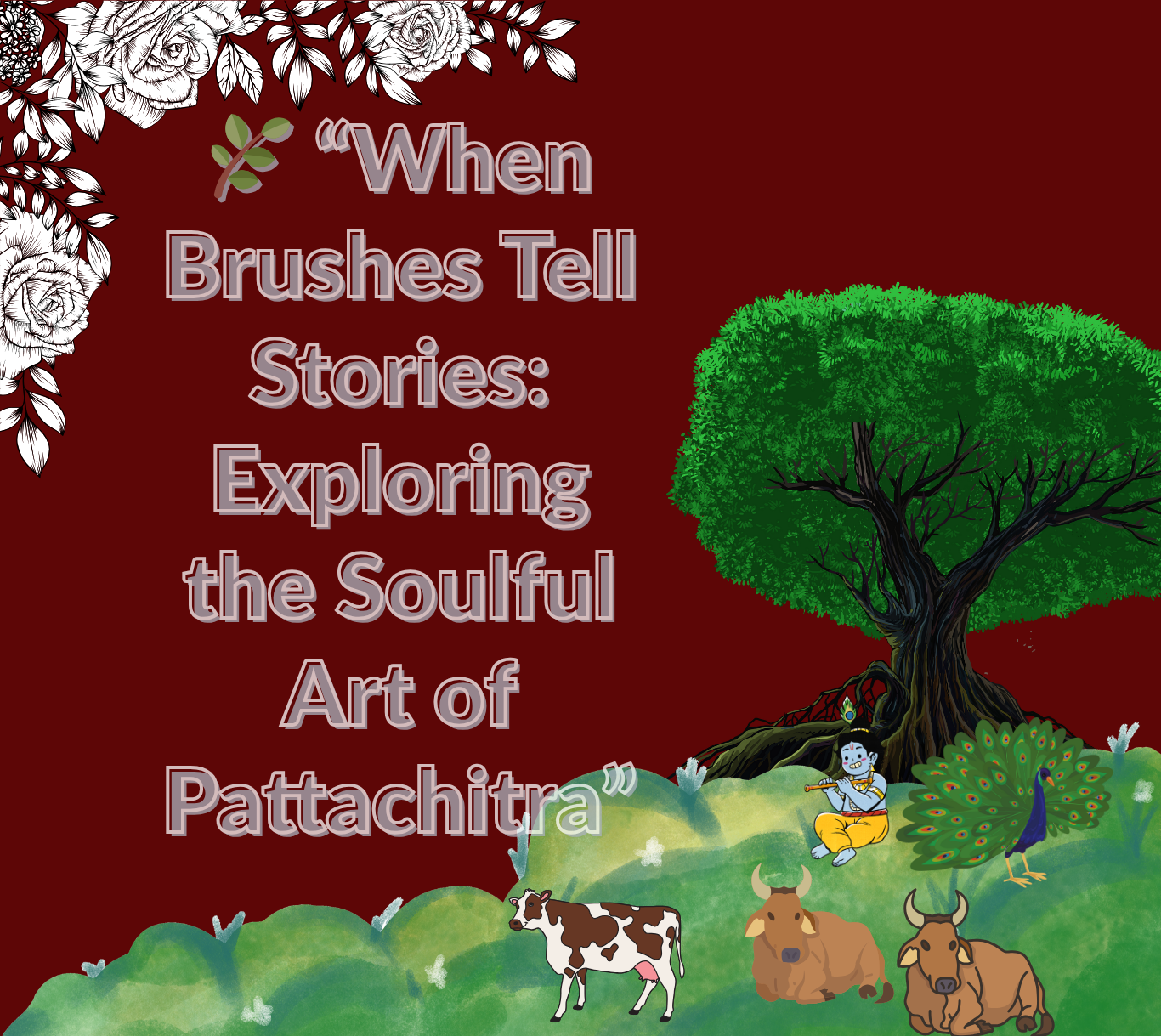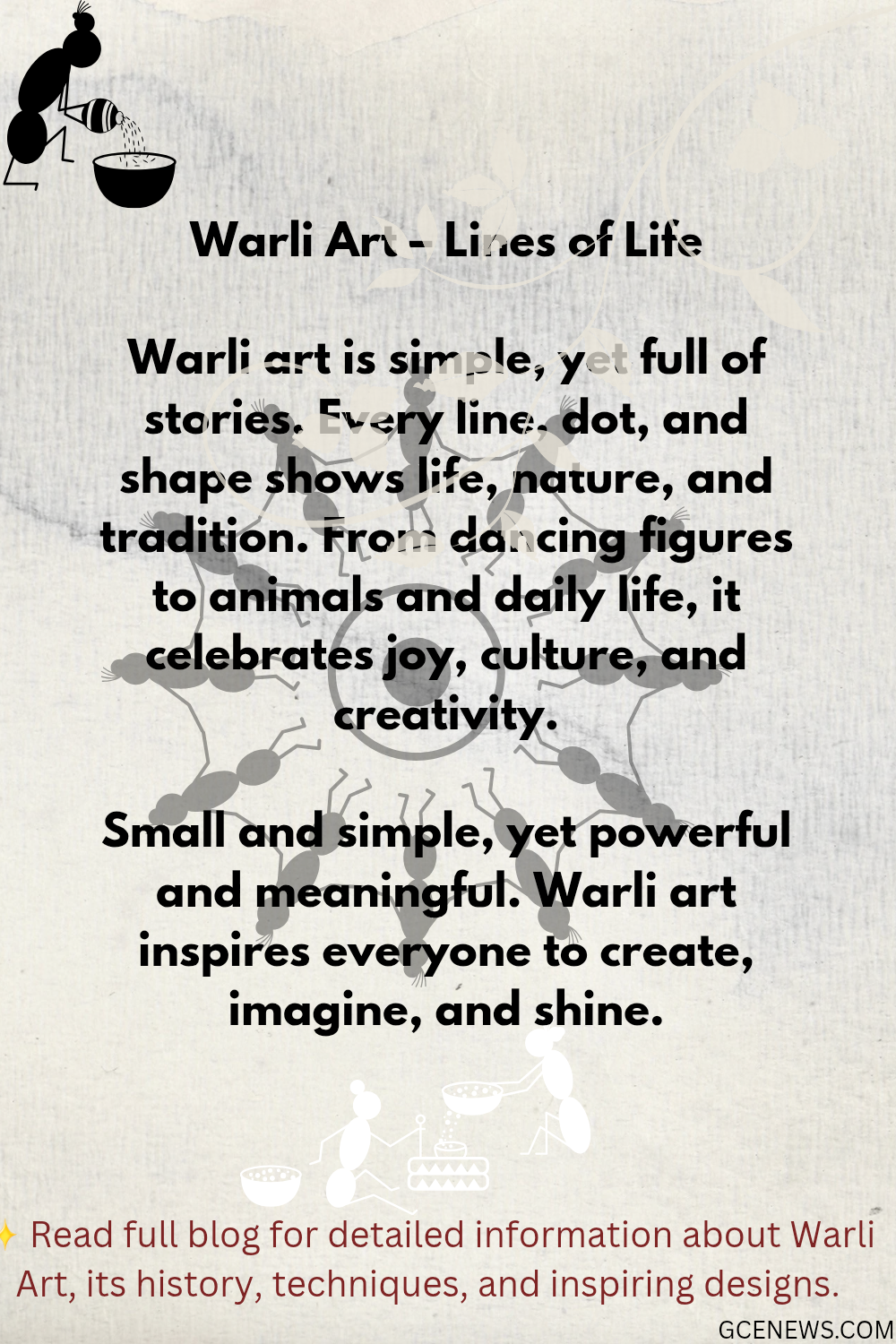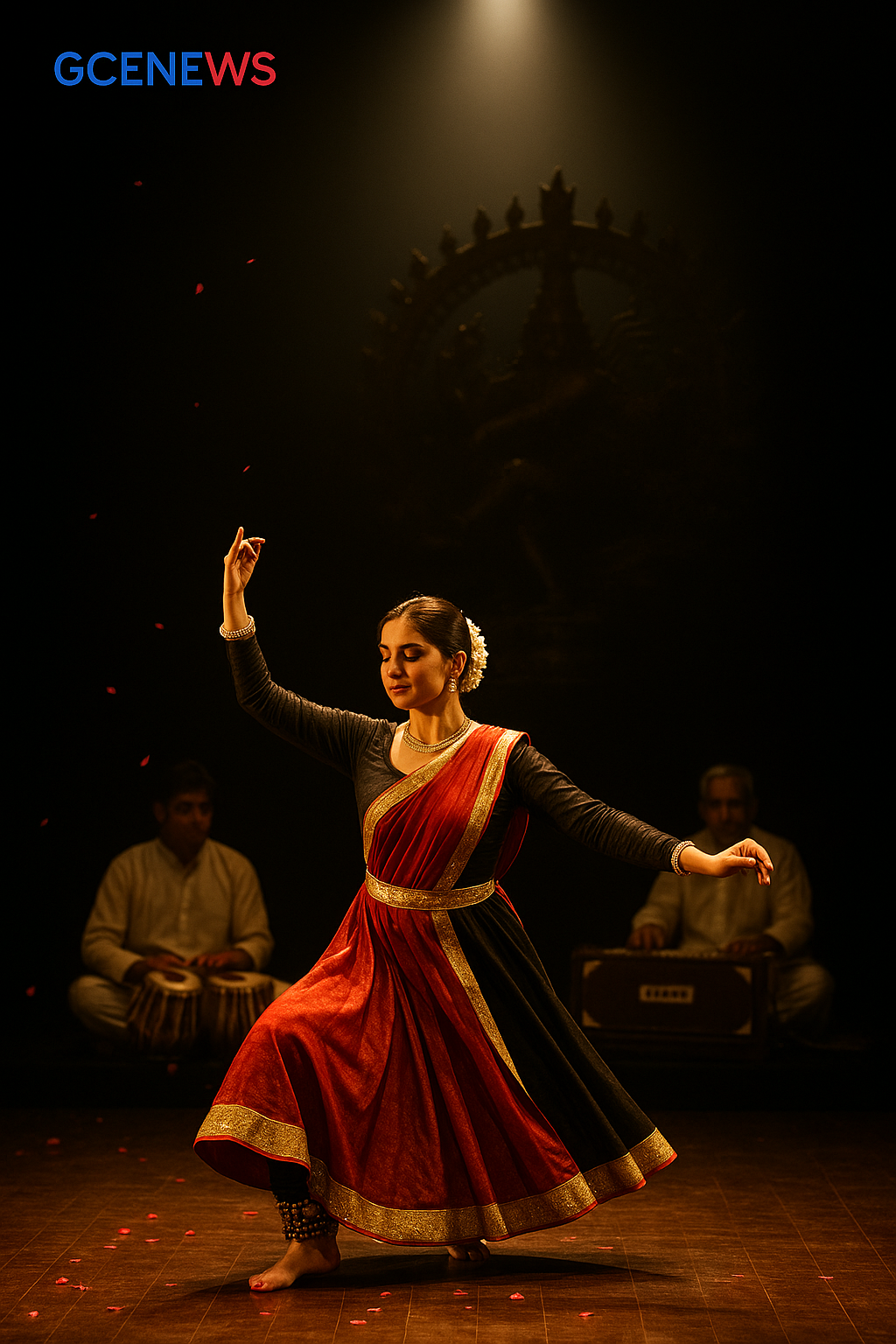🌿 “When Brushes Tell Stories: Exploring the Soulful Art of Pattachitra”

🎨 The Timeless Beauty of Pattachitra – India’s Painted Storytelling Art
Hey guys! I’m your writer and well-wisher. I hope you all are healthy and happy.
Today, I want to take you on a beautiful cultural journey. A journey that isn’t about loud trends or flashy viral reels—but about ancient stories, handmade brushes, natural colors, and the quiet dedication of generations of artists.
Yes, I’m talking about Pattachitra – one of India’s most stunning and meaningful art forms, straight from the hearts of Odisha and West Bengal.
🏺 What is Pattachitra?
‘Pattachitra’ is a Sanskrit word—Patta means cloth and Chitra means picture.
So simply, it means "a picture painted on cloth".
But believe me, it’s much more than that.
Each Pattachitra is a living story, painted with love, patience, and devotion. These paintings are known for their bold lines, mythological themes, intricate borders, and natural colors—with zero digital help!
🌿 The Origin – Where It All Began
Pattachitra is over 1000 years old.
Its roots are deep in the temple traditions of Odisha, especially around the Jagannath Temple in Puri. The temple priests and local artists used Pattachitra to tell the stories of Lord Jagannath, Krishna, and many Hindu gods.
In West Bengal, a similar style grew in villages like Naya in Medinipur, where artists are called ‘Patua’.
Here, the paintings are made as scrolls, and the artists sing songs (called Pater Gaan) while telling the stories—like a live art + music performance!
🖌️ How Is It Made?
No Photoshop. No printing.
Everything is handmade from scratch.
Here's how a Pattachitra painting comes to life:
-
Making the Patta (Canvas):
A piece of cloth is coated with a mix of chalk and gum, then dried and polished till smooth. -
Drawing the Outline:
Artists use homemade brushes (often with mouse hair or cotton) to draw with bold black lines. -
Filling the Colors:
Colors come from nature—red from stones, yellow from turmeric, black from lamp soot, white from seashells. No chemicals. -
Border Decoration:
Intricate floral or geometric borders are added for a royal finish. -
Final Polish:
The painting is coated with natural lacquer for shine and long life.
🧚♂️ Themes – What Do They Paint?
Pattachitra isn’t just "pretty art". It tells epic stories from Indian mythology.
Common themes include:
- Dashavatara (10 Avatars of Vishnu)
- Krishna Leela (Life of Lord Krishna)
- Ramaayana scenes
- Ganesha, Shiva, Durga and other deities
- Jagannath and the Rath Yatra
- Nature, folklore, festivals, and even modern events (in Bengal)
Every painting is a piece of storytelling, without needing any words.
👨👩👧👦 Who Makes It?
These paintings are usually made by traditional artist families—skills passed down from grandparents to parents to children.
They work from small homes in villages like Raghurajpur (Odisha) and Naya (West Bengal).
Some artists have now started painting on palm leaves, pots, wooden boxes, bookmarks, and even sarees, to keep the tradition alive in the modern market.
🧳 Where Can You See or Buy Them?
If you ever visit Odisha, don’t miss the heritage village of Raghurajpur—every home is like a living art gallery!
You can also see and buy Pattachitra:
- At handicraft fairs (like Dilli Haat, Surajkund Mela)
- On online platforms like Gaatha, Okhai, Tjori
- At state emporiums and museums
- Or directly from artists (yes, many are on Instagram now!)
💡 Why Is It So Special?
In a world of fast, cheap, and digital, Pattachitra reminds us of:
- Slow art made with heart
- Eco-friendly living
- Deep respect for tradition
- Cultural storytelling
Each painting is unique, hand-painted, and filled with meaning.
😢 Is Pattachitra at Risk?
Yes. Like many traditional arts, it is struggling to survive.
Many young artists are leaving the craft for other jobs. Some blame it on low income, others on lack of awareness.
That’s why blogs like this, and readers like YOU, matter.
By sharing, buying, or even just appreciating these arts, we give them new life.
🙌 Let’s Support the Artists!
Here’s how you can help Pattachitra grow:
- Buy directly from artists or fair trade sites
- Avoid cheap printed replicas
- Share their stories on social media
- Gift handmade art instead of factory products
- Encourage schools to teach about Indian art
You don’t need to be an artist to protect art—just be aware and spread love for it.
🤔 FAQs – Curious Minds Ask
Q1. Is Pattachitra only about gods?
No! While most are mythological, modern artists also paint nature, birds, daily life, and social themes.
Q2. Is Pattachitra dying?
It’s not dead, but yes, it needs support. Many artists are switching to other jobs due to low income.
Q3. Can I learn it?
Yes! Some artists offer online workshops. Look up "Pattachitra Workshop India" and support directly.
Q4. Is it available on clothes too?
Definitely! Pattachitra sarees, kurtas, and dupattas are now popular, especially in Odisha handlooms.
Q5. Is it only in Odisha?
No. It’s in Odisha and Bengal. Odisha style is more deity-based, Bengal scrolls have singing + storytelling.
✨ Final Thoughts
Pattachitra is not just a painting—
It’s a blessing from the past, carrying the voice of our ancestors, wrapped in colors and lines.
When you buy or even admire a piece of this art, you’re not just looking at paint—you’re holding a story, a devotion, a heritage.
So next time you see a Pattachitra painting, pause for a moment.
Look deeper.
Because within those lines, lies the soul of India.




